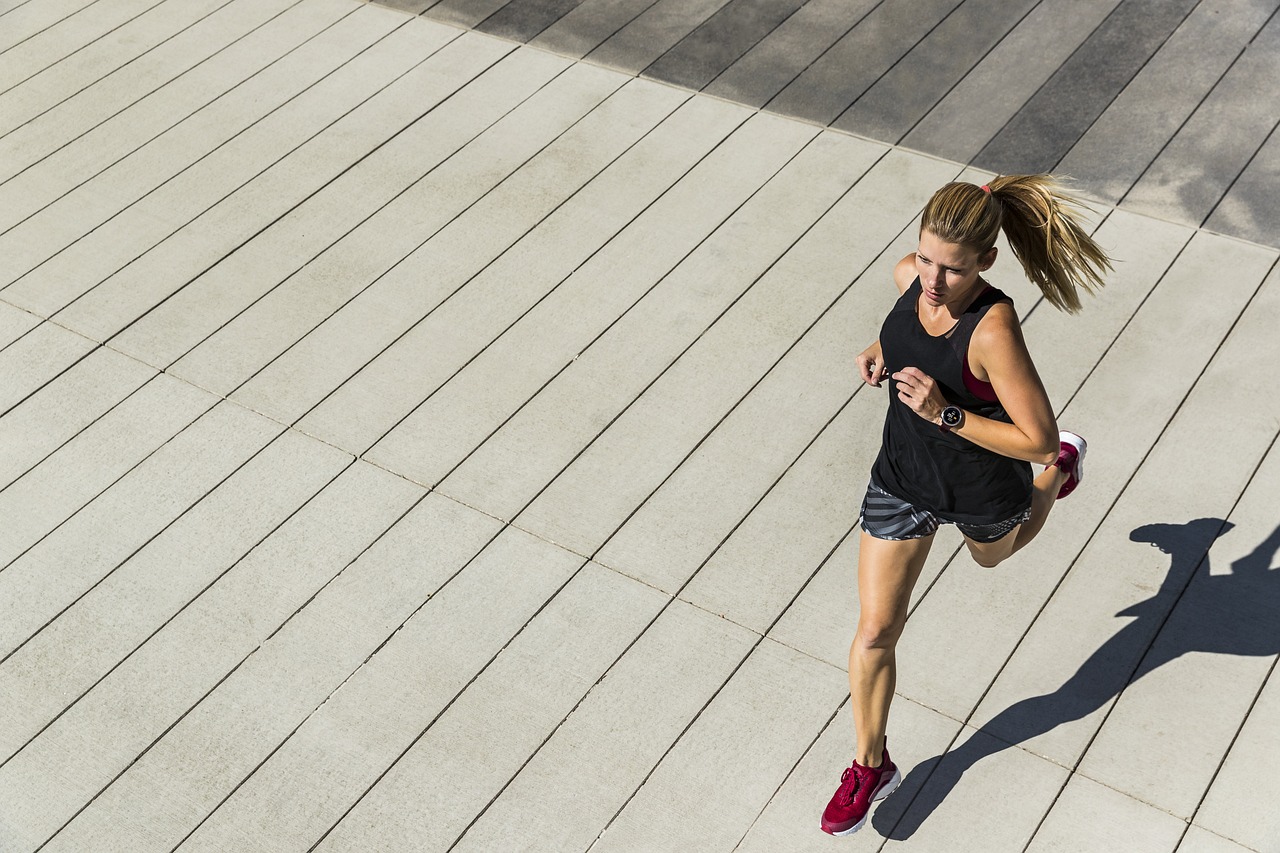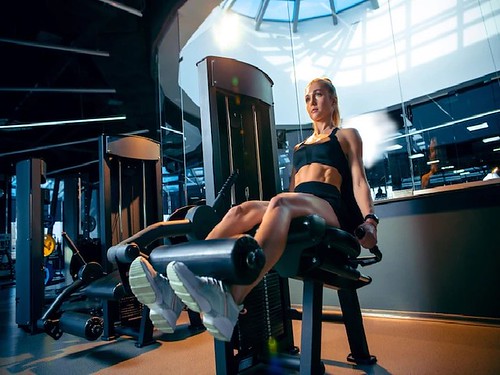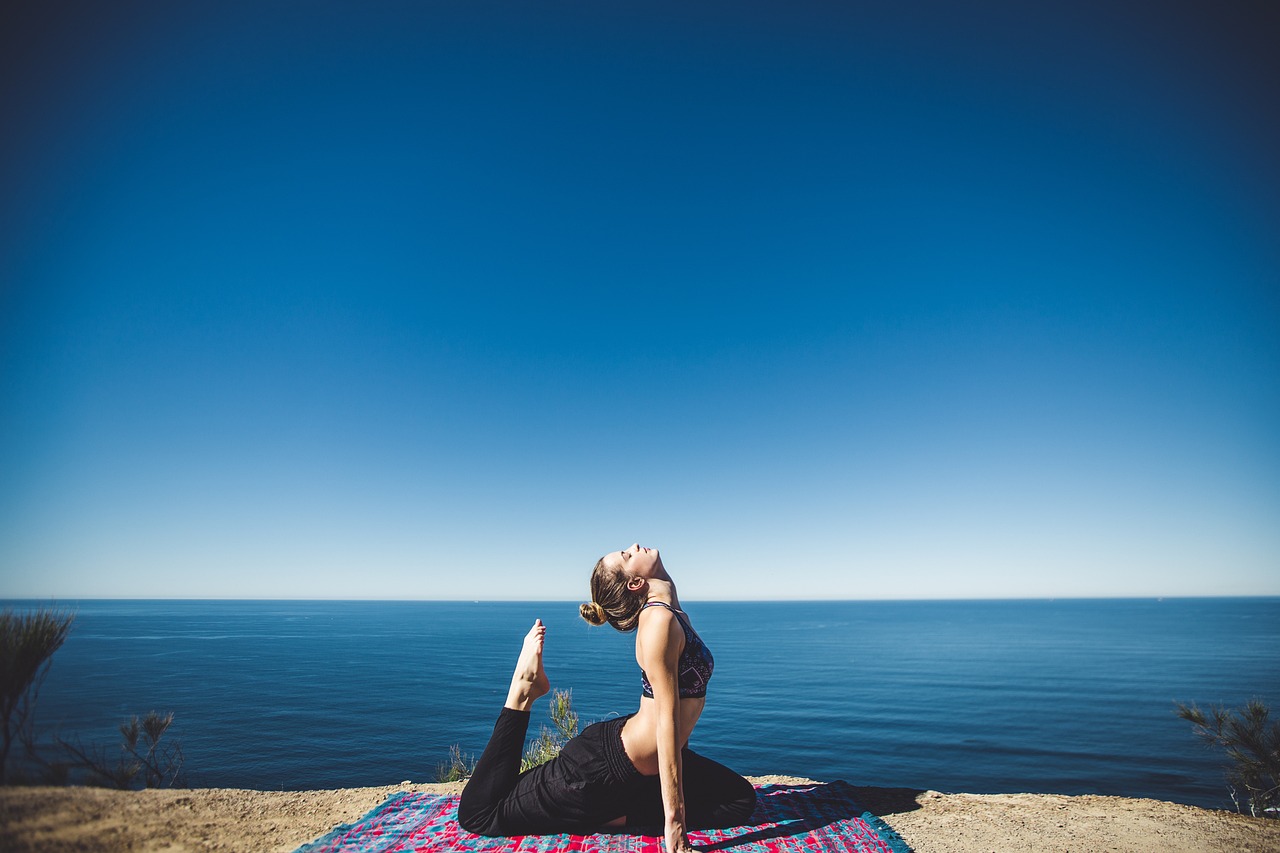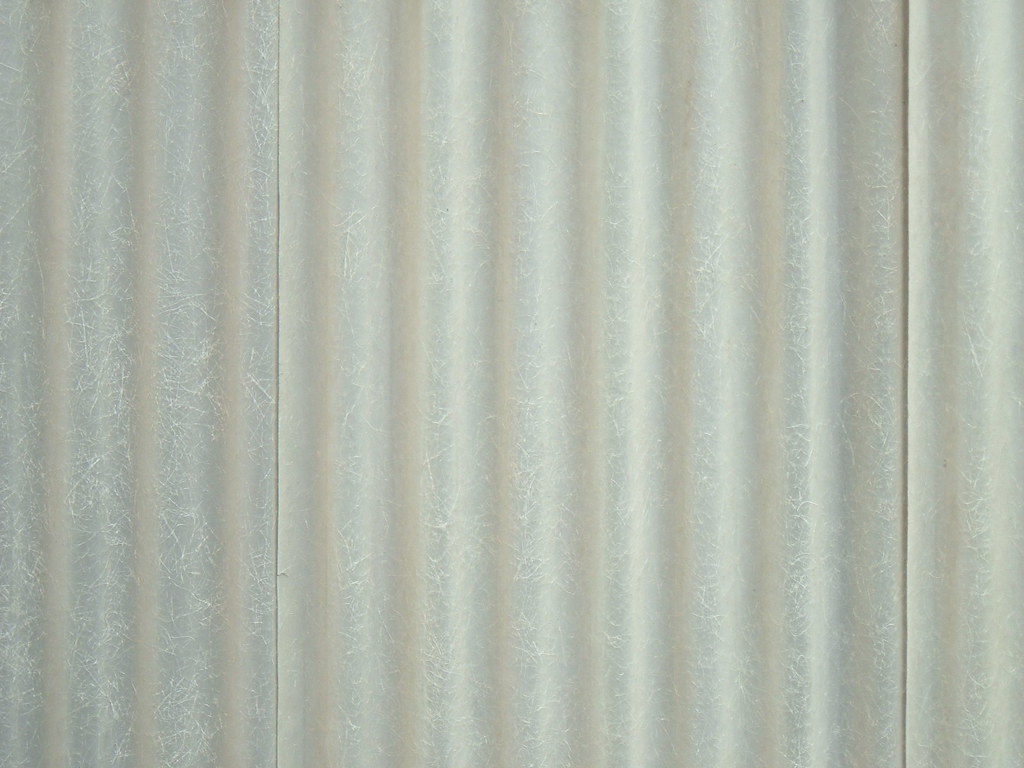Long-distance running is an incredible way to challenge your endurance, clear your mind, and experience the world from a different perspective. However, it requires a combination of dedication, training, and the right equipment to make those miles more comfortable and rewarding. Whether you’re a seasoned marathoner or just getting started with long-distance running, having the best gear can make all the difference. From shoes that support your stride to hydration packs that keep you fueled, this guide will help you discover the essential running gear for any long-distance runner.
1. Running Shoes: The Foundation of Long-Distance Running
The most important piece of equipment for any long-distance runner is a quality pair of running shoes. The right running shoes not only provide comfort but also support your foot’s natural movement, reduce impact, and help prevent injuries. When choosing running shoes, consider the following factors:
- Gait Analysis: A gait analysis at a running store can determine if you have neutral pronation, overpronation, or underpronation. Understanding your gait helps in selecting shoes that correct any imbalances, thereby reducing the risk of injury.
- Cushioning and Support: For long-distance runs, shoes with ample cushioning can absorb shock and make running over extended distances more comfortable. Look for shoes that provide stability, especially if you have a history of foot or knee pain.
- Proper Fit: Always make sure your running shoes fit properly, allowing for a thumb’s width of space between your longest toe and the end of the shoe. Your feet swell during long runs, so having a bit of extra space can prevent blisters and bruised toenails.
Popular long-distance running shoes include the Nike ZoomX Invincible, Brooks Ghost, ASICS Gel-Nimbus, and HOKA One One Clifton, all of which provide a balance of comfort, support, and durability.
2. Moisture-Wicking Apparel
Staying comfortable during long-distance runs is all about wearing the right apparel. Moisture-wicking fabrics are essential for keeping sweat away from your skin, helping you stay dry and reducing the risk of chafing and discomfort.
- Running Shirts and Tanks: Look for shirts made from materials like polyester, nylon, or blends that wick moisture away. Many runners prefer seamless shirts to minimize rubbing or irritation during longer runs.
- Running Shorts or Tights: Depending on your preference, you can choose between running shorts, capris, or full-length tights. Running shorts should have a lightweight, moisture-wicking liner to keep you comfortable, while tights should provide some level of compression to aid in muscle support.
- Layering for Weather: Long-distance running often means dealing with changing weather conditions. Lightweight jackets, windbreakers, or vests that are breathable and water-resistant can help keep you comfortable when the weather turns. Look for layers that are easy to remove and tie around your waist if needed.
3. Anti-Chafing Gear
Chafing is a common issue for long-distance runners, especially in areas like the inner thighs, underarms, and around the sports bra line. To avoid painful chafing, make sure you have anti-chafing gear and products in your running toolkit:
- Anti-Chafing Balm: Products like Body Glide are specifically designed to reduce friction. Apply these balms to areas prone to chafing before every run.
- Compression Shorts: Compression shorts worn under running shorts can help prevent inner thigh chafing by reducing skin-on-skin contact.
- Seamless Apparel: Avoid clothing with bulky seams or tags that can irritate the skin. Opt for seamless options or those with flatlock stitching to minimize chafing.
4. Hydration Gear
Staying hydrated is crucial for long-distance running, especially during long training runs or races. Depending on the distance, you’ll need a way to carry water and other essentials to keep you going:
- Hydration Belts: Hydration belts can hold one or more small bottles and fit snugly around your waist. They are a convenient option if you prefer not to carry a lot of weight.
- Handheld Water Bottles: Handheld water bottles are ergonomically designed to be easy to carry while running. Look for bottles with adjustable hand straps so you can carry them without straining your grip.
- Hydration Packs: For ultra-marathons or extremely long runs, a hydration vest or pack is an ideal choice. These packs can carry larger quantities of water along with nutrition, phone, keys, and other essentials. They distribute weight evenly across your torso, making them comfortable for long distances.
5. Running Socks
Your choice of socks can significantly affect your comfort during a long-distance run. Look for running-specific socks that provide cushioning, moisture-wicking, and arch support:
- Moisture-Wicking Socks: Synthetic materials like polyester and nylon help keep your feet dry and reduce the likelihood of blisters.
- Seamless Design: Running socks should have minimal seams to avoid irritation, especially during longer runs. Seamless or flat-seam socks can prevent hot spots and blisters.
- Compression Socks: Some runners prefer compression socks for their long-distance runs, as they provide extra support to the calves and may improve blood circulation, reducing muscle fatigue.
6. GPS Running Watch
A GPS running watch is an incredibly useful tool for long-distance runners. Not only does it track distance, pace, and time, but it can also provide insights into your running performance and progress.
- Pace Monitoring: A GPS watch helps you maintain a steady pace, which is especially important during long runs when you need to conserve energy.
- Heart Rate Monitoring: Many GPS watches come with built-in heart rate monitors, allowing you to track your heart rate zones and ensure you’re training at the right intensity.
- Route Tracking: If you enjoy exploring new trails, a GPS watch can help you navigate unfamiliar routes and prevent you from getting lost. Popular models like the Garmin Forerunner and COROS Pace are reliable choices for runners.
7. Fueling and Nutrition
Long-distance running requires proper fueling to keep your energy levels stable and prevent bonking. During runs that last longer than 60-90 minutes, consuming easily digestible carbohydrates is essential:
- Energy Gels and Chews: Energy gels, chews, and blocks are popular for providing quick carbohydrates. Brands like GU, Clif Shot Bloks, and Honey Stinger offer a variety of flavors and textures to suit your preferences.
- Electrolyte Tablets: Electrolyte tablets can help replenish the sodium, potassium, and other electrolytes lost through sweat. They can be dissolved in water to keep you hydrated and prevent cramps.
- Portable Snacks: Some runners prefer carrying solid snacks like bananas, dried fruits, or energy bars. Choose snacks that are easy to carry, high in carbohydrates, and gentle on the stomach.
8. Headlamps and Visibility Gear
If you’re running early in the morning or in the evening, staying visible is crucial for your safety. Visibility gear can help you be seen by motorists, cyclists, and other runners:
- Headlamps: A headlamp is essential for running in low-light conditions, especially on trails or in areas without streetlights. Look for a headlamp with an adjustable strap and a beam that can be angled as needed.
- Reflective Gear: Reflective vests, belts, and clothing with reflective accents help make you visible to others. Wearing bright colors during the day and reflective gear at night is an effective way to enhance your safety.
- Clip-On Lights: Clip-on lights can be attached to your shoes, clothing, or hydration pack to increase your visibility. They are lightweight and can easily be turned on or off as needed.
9. Running Hat or Cap
A lightweight running hat can protect you from the sun, keep rain out of your eyes, and help manage sweat. Look for hats made from moisture-wicking, breathable material with mesh panels for added ventilation. A hat with a wide brim or neck flap can be particularly helpful for longer runs in the sun, as it offers additional protection against UV rays.
10. Recovery Gear
Recovery is just as important as the run itself, and having the right gear can help speed up muscle repair and reduce soreness:
- Foam Roller: Foam rolling helps release tension in the muscles and improve blood flow, aiding in recovery after a long-distance run.
- Massage Stick: A massage stick is a portable option for working out knots and sore spots, particularly in the calves and quads.
- Compression Sleeves: Wearing compression sleeves on your calves or arms post-run can help reduce inflammation and improve circulation, promoting faster recovery.
11. Running Belt or Waist Pack
A running belt or waist pack is a convenient way to carry essentials like your phone, ID, keys, and snacks during long-distance runs. Look for a lightweight, adjustable belt with multiple compartments to keep your items secure without bouncing around.
Brands like Nathan, FlipBelt, and Salomon offer waist packs that are designed specifically for runners, providing comfort and practicality without interfering with your running stride.
With the right gear, long-distance running can be an enjoyable and rewarding experience. The combination of supportive shoes, moisture-wicking apparel, hydration systems, and fueling options will help you stay comfortable and perform your best, whether you’re running on city streets or scenic trails. Remember, the right equipment doesn’t just make you a better runner—it also keeps you safe, healthy, and motivated to keep pushing those boundaries.















